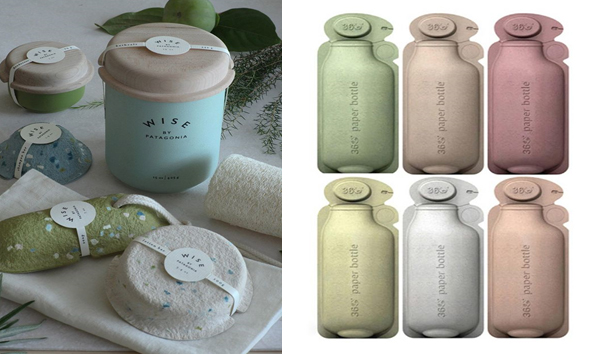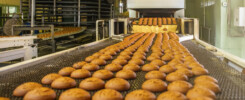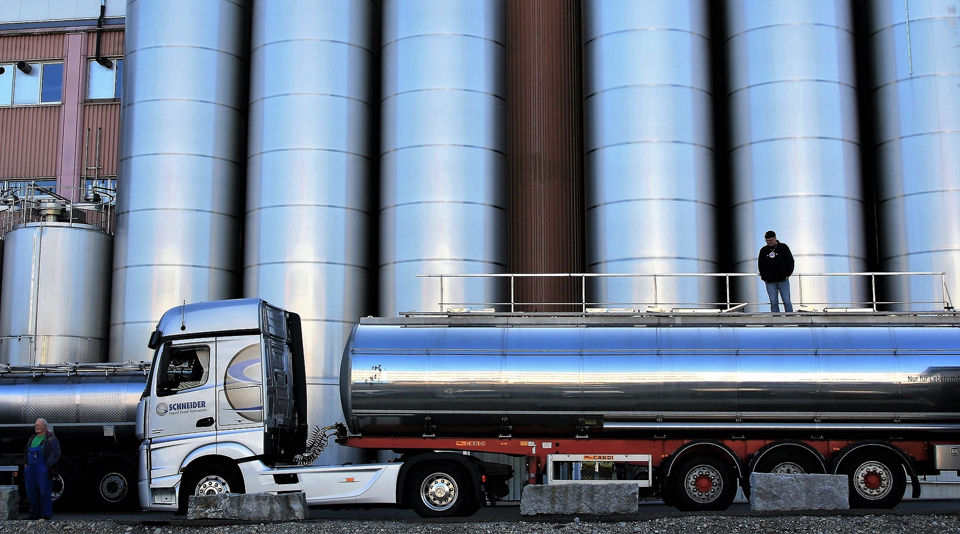
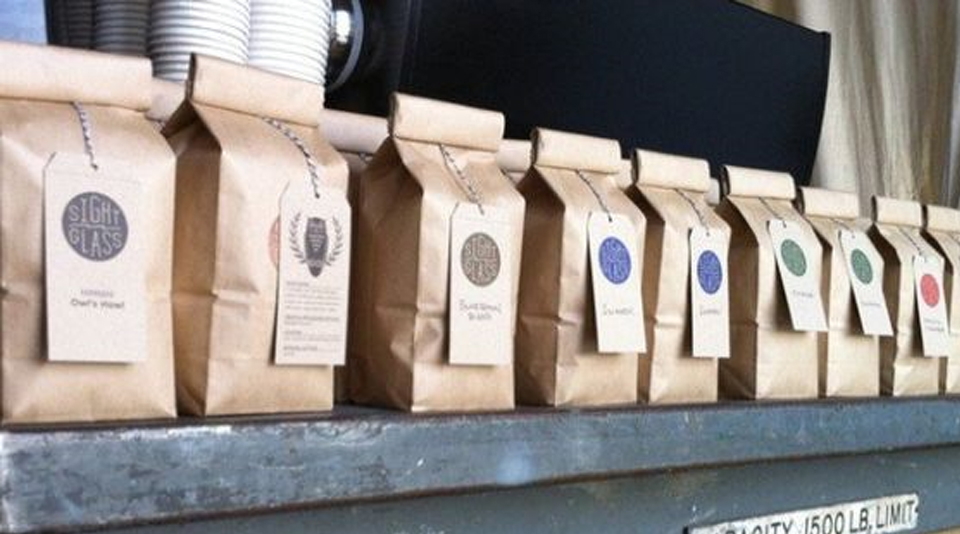
• Due to the changing consumer habits, the beverage industry in the United States has noticed a substantial growth. According to PMMI’s 2018 Beverage Report, the North American beverage industry is expected to grow by 4.5% during 2018-2028. The major portion of the beverage sales in North America is achieved by sellers in the United States.
Thank you for reading this post, don't forget to subscribe!• Companies across the United States are rigorously investing in flexible packaging technology. For instance, in July 2018, American Packaging invested in a digital system for flexible packaging, which is designed to enable greater choice in surfaces, substrates, and technical performance.
• The packaging and labeling providers in the United States that cater to the beverage industry are focusing extensively on packaging innovations, as they demonstrate the visual manifestation of the products’ positioning, where words, fonts, and images reinforce the image of the brand in people’s mind. An effective package and label highlight the unique selling proposition, showcasing everything that sets the product apart.
• Globally, the United States is the largest wine-consuming country. According to OIV, production reached a high of 9.4% in 2019 after a dip to 8.18% in 2018.Similarly in 2019, sales from premium wineries in the United States grew by 7.2% compared to the previous year according to Silicon Valley Bank. A key trend for market growth that can be seen in this market is the growing preference for plastic/synthetic corks and screw caps over natural corks.
• With the surging demand for food, manufacturers are faced with a substantial opportunity to carve out greater market share. The majority of food production companies are trying to better engage consumers with revamped packaging. The manufacturers are likely to lag if they do not modify their products according to the latest packaging trends, as the economy of the United States is flourishing.
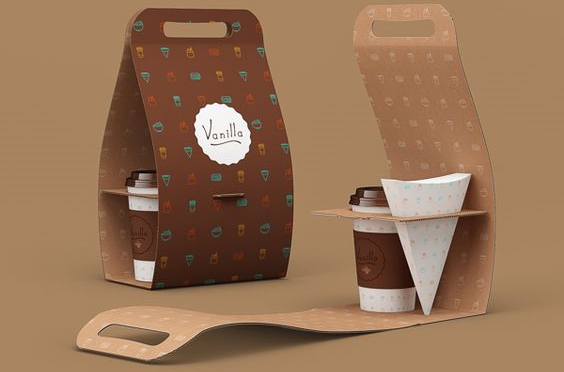
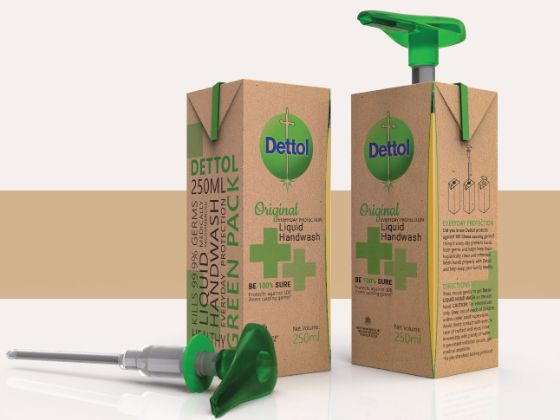
• The United States is one of the significant markets for the beverage industry. The changing demographics of the country are influencing beverage vendors. For example, over the last two decades, carbonated soft drinks were the most consumed beverages. However, recently, the water became the most popular beverage in the country.
• The United States is observing a decline in the consumption rates of soft drinks and is turning toward healthier options, such as water, health drinks, and energy drinks. Soda makers, such as Coke and Pepsi, are relying on smaller pack sizes and premium packaging to drive margin in developed markets. Moreover, a significant share of their revenues is now generated from non-carbonated drinks, reformulating drinks, and lower sugar level drinks.
• The dairy industry is another prominent player in the US beverage market. According to a USDA report published in September 2019, the total fluid milk product sales in the country stood at 34,181 million pounds. The dairy industry is looking to cut down on plastic usage and find sustainable packaging solutions.
• For instance, Maple Hill, a US-based organic milk brand, recently released shelf-stable, single-serve cartons that utilize SIG’s combismile cartons, which contain wood fibers and bear the label of the FSC (Forest Stewardship Council).
• The sustainability is influencing the secondary packaging market as well, and the vendors are focusing on providing experience-focused packaging appeals to millennial consumers. Additionally, according to a study conducted on 21,000 US households in 2019, by Omnibus, the products that are environmentally friendly and use recycled packaging resonate strongly with consumers, overall.
• Alcoholic beverage vendors are innovating their packages to attract consumers. Alcoholic beverages hold a significant demand for glass packaging, and the liquors segment is the prominent contributor, owing to which vendors are increasingly becoming creative in their offerings. For example, Vinebox ships a box of nine single-serve wines, packaged in cylindrical 100 ml glass containers, four times a year, to its customers.
